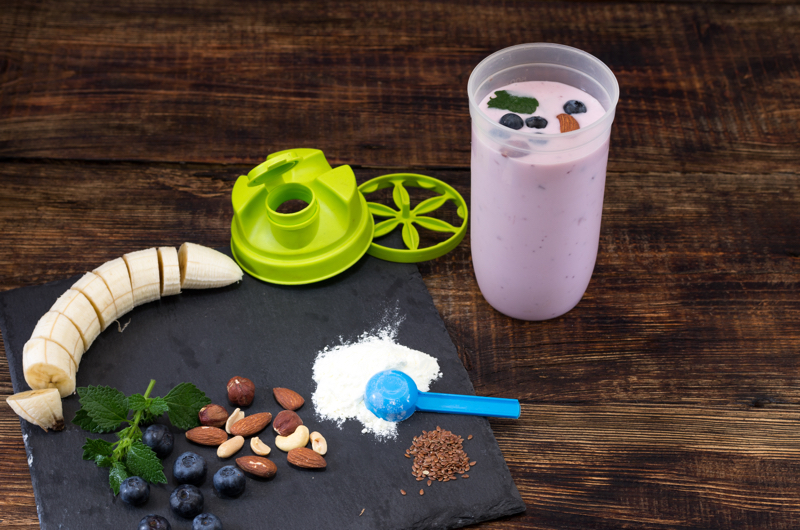Plantar fasciitis is one of the most common causes of foot and heel pain. It can be the result of a number of factors and range in severity from mild to excruciating. The worst pain is often first thing in the morning or following physical activity, so it can be a strong demotivator for athletes and strip the pleasure out of training. For some, it can take weeks or even months to heal, with others dealing with the painful condition for years.
This, however, doesn’t have to be the case and is usually only so when attempts to treat plantar fasciitis are aimed at alleviating symptoms instead of identifying the underlying factors causing foot pain in the first place.
Rest, ice, and a change in footwear all have their benefits but only offer temporary relief. That’s because inflammation, the most commonly believed cause of plantar fasciitis, is really only an issue during initial onset, and shoes and other orthotics are eventually taken off.
To truly heal the plantar fascia, it is important to determine body mechanic dysfunction that may have led to the condition, and correct it by working to improve mobility through the facia and ankle, increase strength and blood flow in the area, and optimize rest and recovery. It is vital that rehab not be restricted to just the ankle.
What is Plantar Fasciitis?
The plantar fascia is a thick band of connective tissue that runs from the heel bone to the toes. It is a continuation of the calf muscle, and it helps to form the arch of the foot and support the ankle. Like other body parts, the plantar fascia is designed to function a certain way, under certain conditions. When the load placed on this connective band is greater than its capacity, the result is plantar fasciitis.
A patient’s body weight in combination with their regular and repeated activities — and sometimes the surfaces on which they’re performed — determines the band’s maximum load. Things like running on pavement or compacted trails, high-impact aerobics, or other activities that involve repeated jumping or bouncing, can all lead to plantar fasciitis. But many people do these things for years and never develop the condition. That’s why abnormalities in the arch of the foot due to excess weight or improper body mechanics must also be considered.
The strength and resilience of the fascia determine its ability, or capacity, to successfully withstand the load placed on it. The overall capacity of the foot fascia can also be affected by daily activities, one’s general overall health, and lifestyle habits including age, weight, current medications, blood flow, and quality of sleep.
That’s why just assessing the foot or buying expensive shoes is not going to do the trick long term.
Sports chiropractic takes a whole-body approach to relieving pain, making it uniquely suited to identify balance or dysfunction up the kinetic chain that has resulted in a plantar fasciitis diagnosis.
Through postural assessments, range- and ease-of-motion evaluations, and muscle testing, sports chiropractic offers a thorough analysis of the mechanics and functionality of the hip and knee, as well as the ankle, to fully reveal how everything works together, or doesn’t, for overall foot function and mobility.
With a thorough understanding of a patient’s mobility and functionality, sports chiropractic can offer a number of helpful modalities for complete healing of plantar fasciitis without medications, injections, or surgeries.
Obviously, immediate pain relief is a primary concern, and therapies like trigger point massage, soft tissue work, sports taping, and stretching rehab, among many others, make patients more comfortable while beginning the task of rebuilding body mechanics, increasing blood flow, and restoring mobility.
If you have, or suspect you have, plantar fasciitis and have not tried sports chiropractic for relief and rehabilitation, call Dynamic Sports Medicine today.








